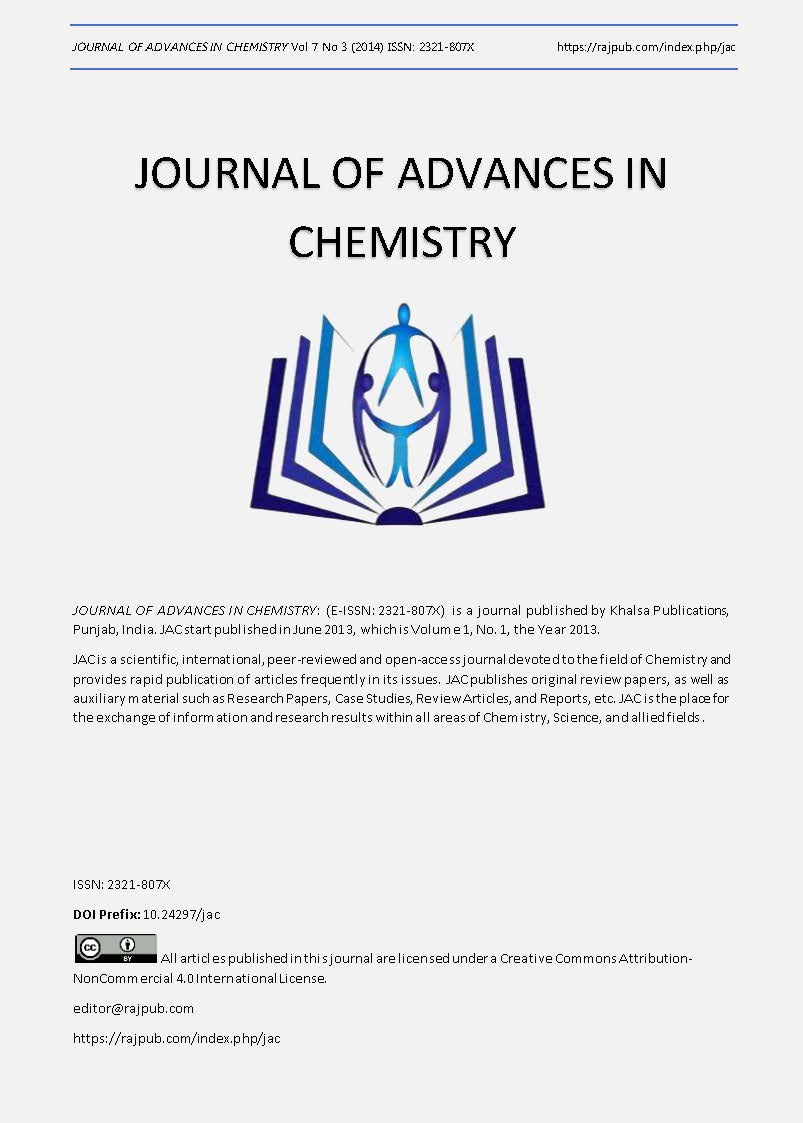Raphanus sativus ameliorates atherogeneic lipid profiles in hypercholesterolemic rats and hypercholesterolemia-associated peroxidative liver damage
DOI:
https://doi.org/10.24297/jac.v7i3.2374Keywords:
Hypercholesterolemia, Raphanus sativus, Cardiovascular disease, Lipid peroxideAbstract
Objective: Raphanus sativus is a hugely used edible root vegetable. We investigated whether the feeding of the Raphanus sativus hot water extract (RSE) ameliorates atherogenic lipid profile and oxidative stress in hypercholesterolemia. Methods: After feeding of the RSE to hypercholesterolemic rats for 6 weeks, the levels of plasma and hepatic total cholesterol (TC), triglyceride (TG), and plasma high density lipoprotein-cholesterol (HDL-C) and fecal TC levels were studied. The effects of RSE on the hepatic enzymes, namely alanine aminotransferase (ALT), aspartate aminotransferase (AST) and alkaline phosphatase (ALP), the levels of lipid peroxide (LPO) and liver histology were also evaluated. Results: Hypercholesterolemia increased the levels of TC and TG in the plasma and livers. The levels of ALT, AST and ALP in plasma and LPO in the liver also increased. The dietary RSE, however, significantly ameliorated the above atherogenic lipids and liver enzymes. The RSE significantly reduced the levels of LPO in the liver, suggesting an in vivo protection against of oxidative stress. The RSE also inhibited the in vitro Fenton’s reagent-induced oxidative stress, thus corroborating the in vivo anti-LPO actions of RSE. The levels of hepatic LPO were positively correlated with plasma AST (r=0.76; P <0.05) and ALT (r=0.43; P<0.05) levels. Histologically, the livers of the RSE-fed hypercholesterolemic rats exhibited lesser fatty droplets and reduced inflammatory cells. Conclusion: Finally, R. sativus extract lowers the cardiovascular disease risk factors under hypercholesterolemic situation by increasing the plasma/hepatic clearance of cholesterol and improving the hypercholesterolemia-induced oxidative damage of hepatic tissues.
Downloads
Downloads
Published
How to Cite
Issue
Section
License
 All articles published in Journal of Advances in Linguistics are licensed under a Creative Commons Attribution 4.0 International License.
All articles published in Journal of Advances in Linguistics are licensed under a Creative Commons Attribution 4.0 International License.




